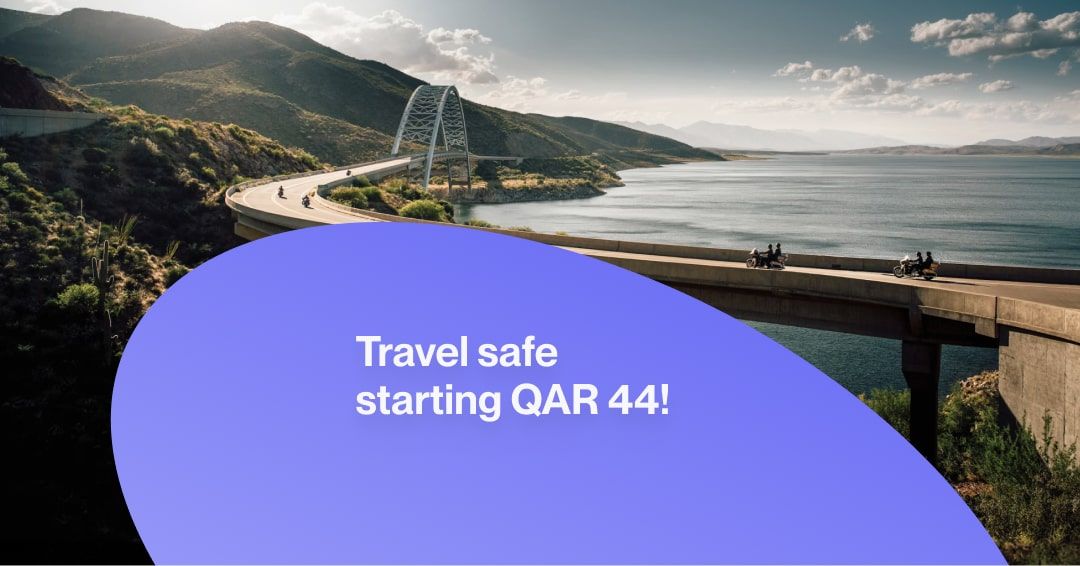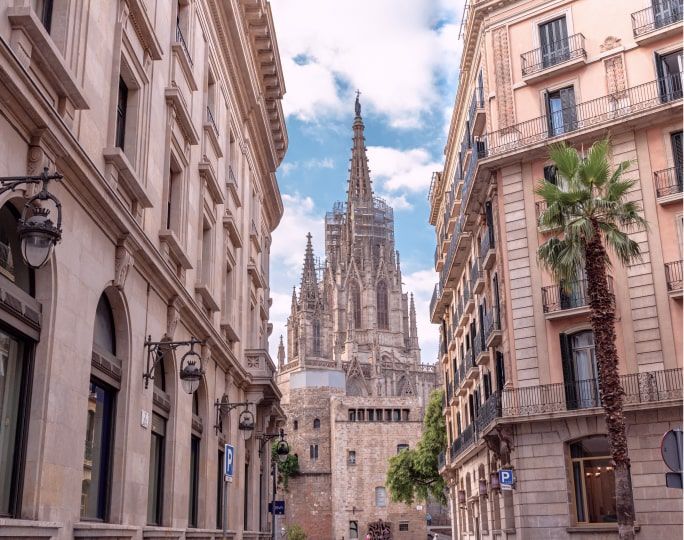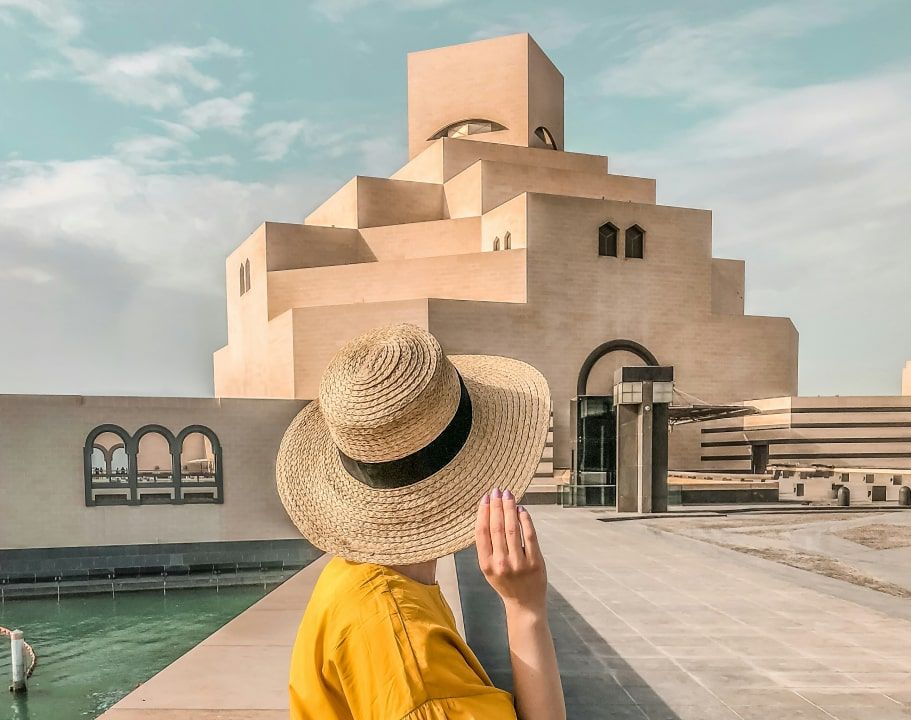As hot summer months in Qatar begin, we searched for places where you can enjoy cool weather, ancient architecture, cultural festivals, authentic cuisine, and spectacular walking routes. From tea plantations in Malaysia and whale watching in South Africa to ancient temples in Myanmar and colorful music festivals in France, these destinations are perfect for escaping the heat.
Lake Como, Italy
Italy has plenty of scenic views, but Lake Como is probably one of the most impressive. If you’re looking for the best time to visit in summer, choose the end of June, when Como hosts the Festa di San Giovanni with its spectacular 45-minute fireworks and a regatta featuring traditional boats. You can also visit heritage sites such as the Sacro Monte di Ossuccio — a UNESCO World Heritage site known for its baroque chapels and panoramic hiking paths. Tasting the Lombard cuisine — with its rich risottos, creamy polenta, and local cheeses — is almost obligatory. Explore our guide how to apply for visa to Italy from Qatar.
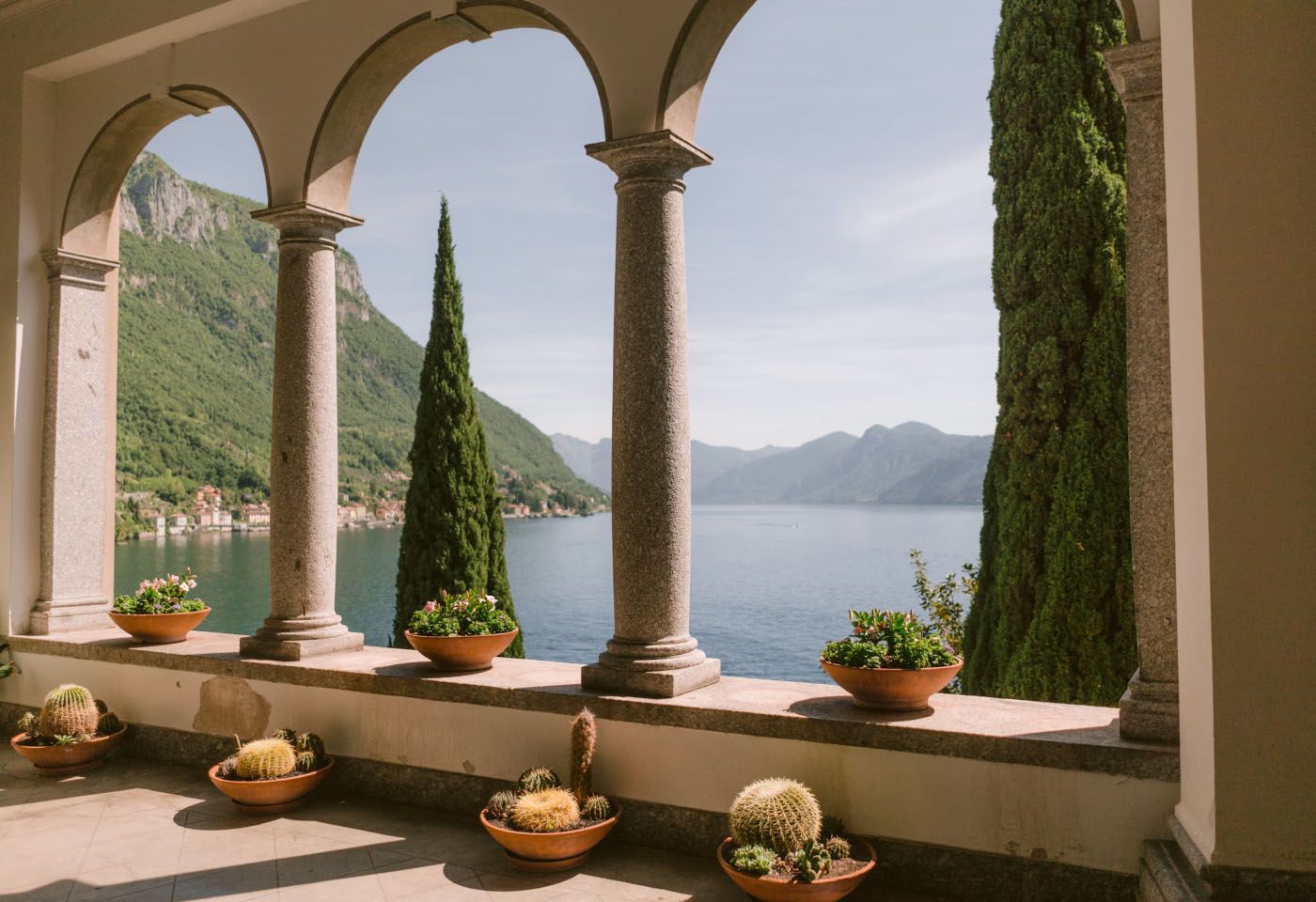
Clisson, France
Clisson, a small town in the Loire-Atlantique department, still retains its medieval charm but stands out for an unexpected architectural twist: much of it was rebuilt in the 19th century in a Tuscan style. The result is a striking blend of eras — 11th- and 17th-century towers stand alongside the ruins of a former fortress and the 14th-century covered market, Les Halles. June is the busiest time here, when up to 180,000 music fans descend on the town for the heavy metal festival Hellfest. Qatari citizens need to have a valid Schengen visa to visit France, and our guide will help you to obtain a French visa from Qatar.

Theth, Albania
A tiny village lost in the Albanian Alps is somewhat overlooked but definitely worth attention if you look for fresh hiking routes combined with excellent views and traditional Albanian architecture, including tower houses. Be sure to visit Valbona Valley National Park, where most of the natural beauty is still left untouched.
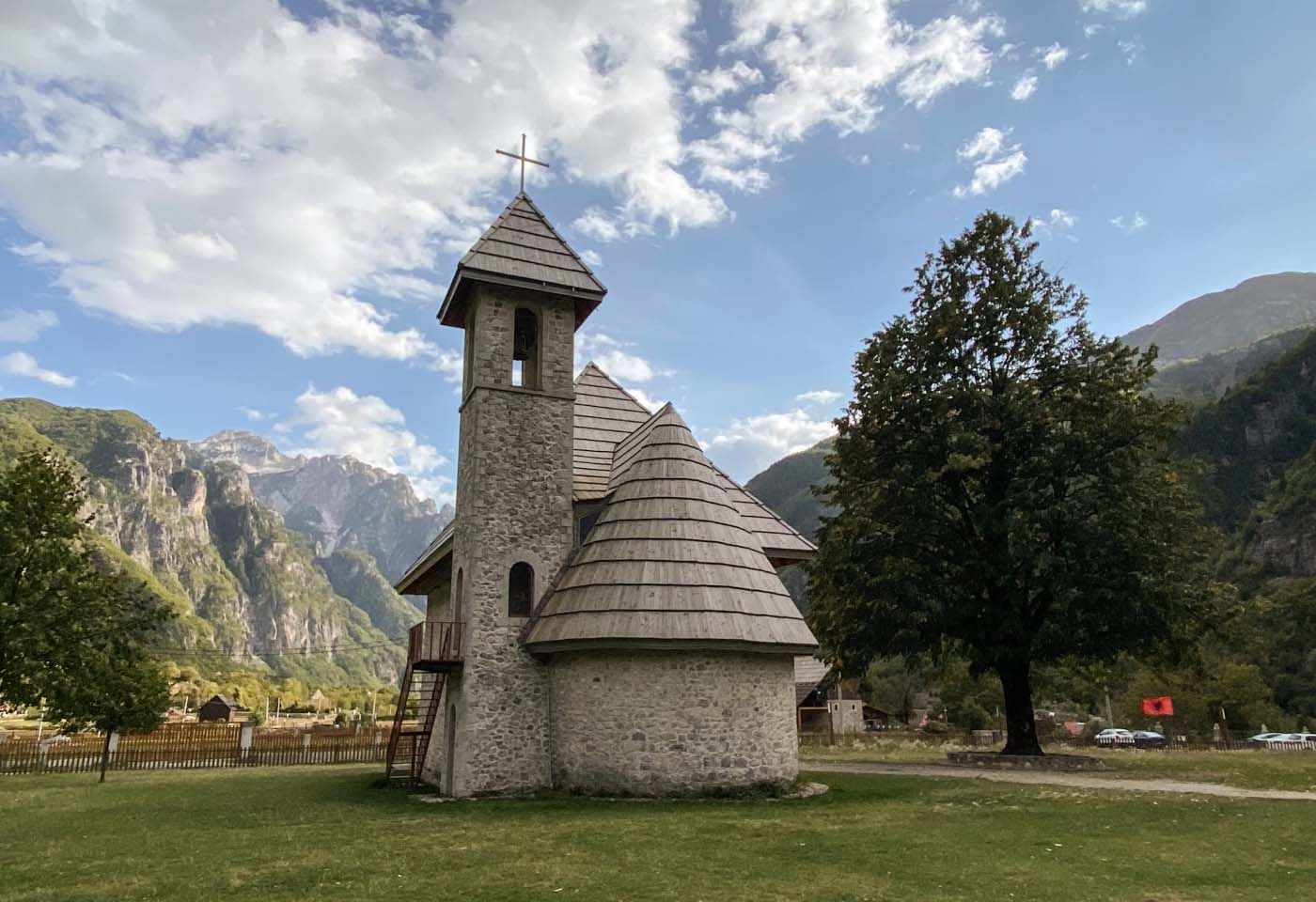
Cantabria, Spain
Less well-known than its neighbors Navarre and Galicia, Cantabria in northern Spain has plenty to offer: cool summer temperatures, dramatic mountain scenery, sweeping views of the Bay of Biscay, and prehistoric cave art — most famously in Altamira. Its cuisine is another highlight, especially the fresh seafood and hearty mountain dishes. Summer is also festival season here.
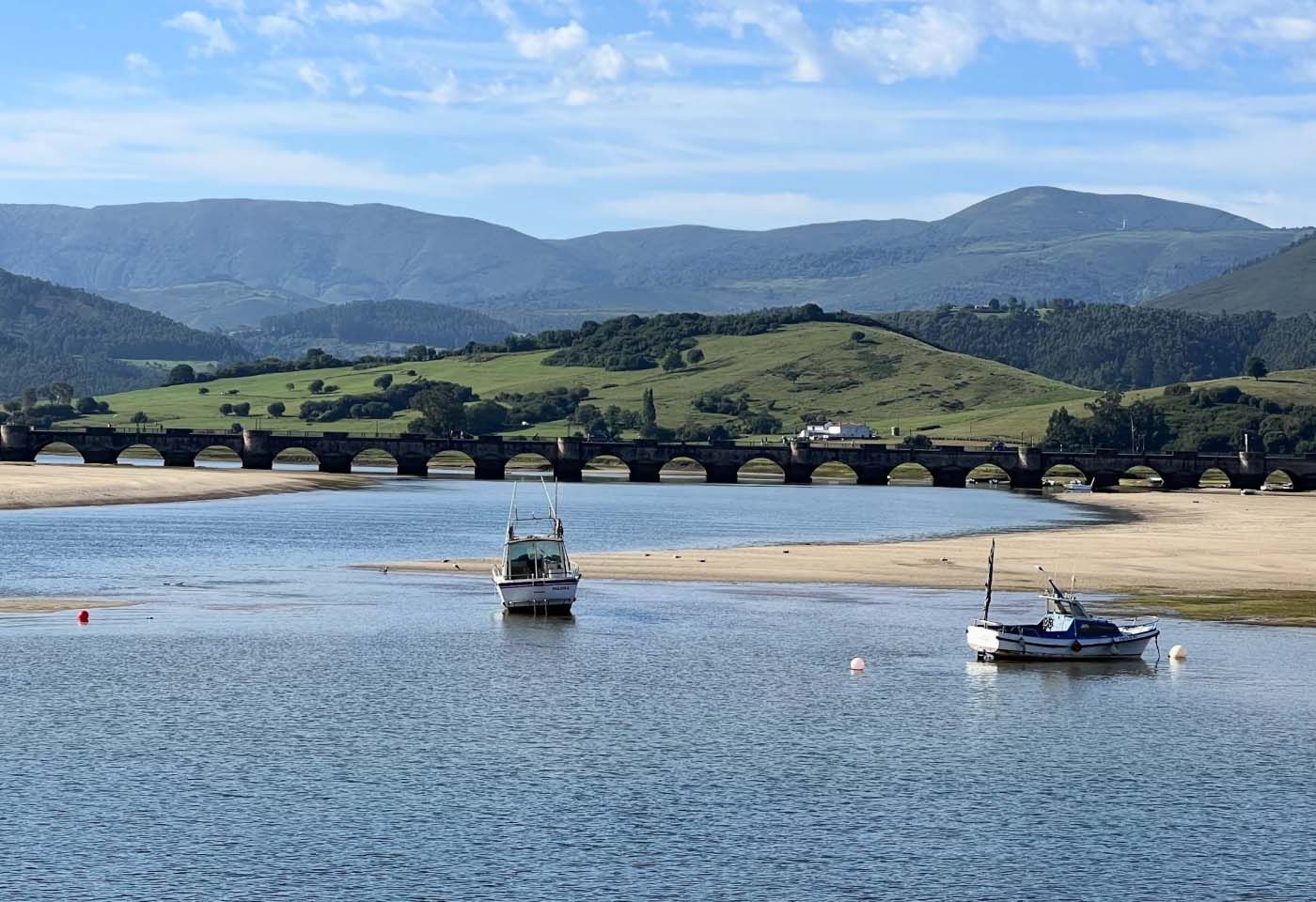
Kalopanayiotis, Cyprus
Sitting not far from Nicosia and Limassol, Kalopanayiotis is a small village with a vast exhibition of old architecture, which you can explore while walking on cobbled streets. From ancient hot springs and Byzantine monasteries to Kykkos watermill and Venetian bridge — it’s like peeling the history layer by layer. Don’t forget to treat yourself with local variations of halloumi cheese and sweets with soumada syrup.

Arrifana, Portugal
The Arrifana Sunset Festival, held in late July, is the main event of the summer season in this coastal village in the Algarve region. Arrifana also became known for the Rota Vicentina trails, popular among European hikers, and Praia da Arrifana beach, next to the ruins of a local Moorish fortress. Indulge in traditional dishes like grilled fish with sweet potatoes.
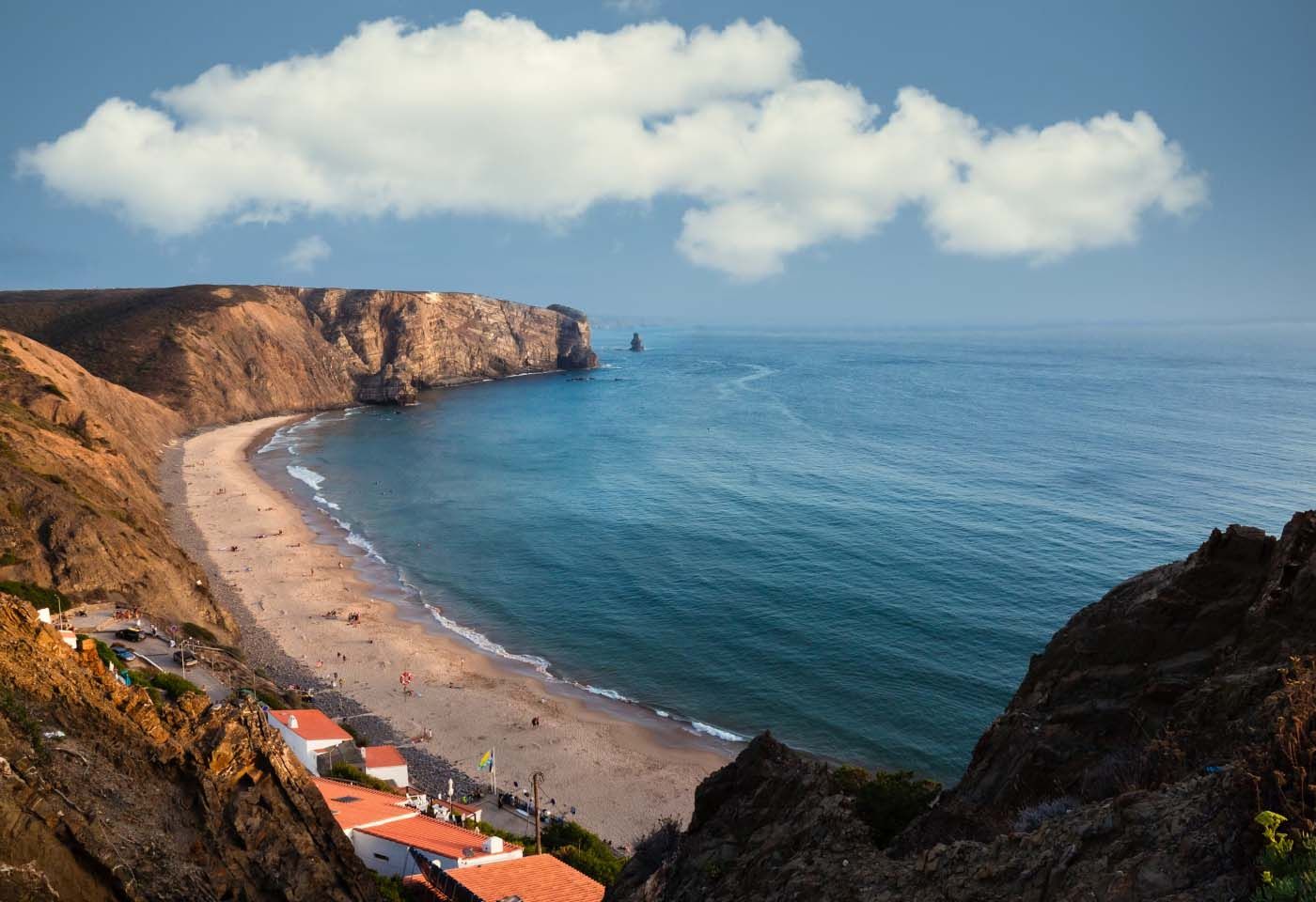
Klitmøller, Denmark
Due to its winds and waves, this small fisher village attracted the unexpected interest of surfers and kitesurfers — they even called it “Cold Hawaii”. Klitmøller is also bordered by Thy National Park, where you can explore dune and heath landscapes of Northwest Jutland. Enjoy the quiet time here and taste local fish and seafood.
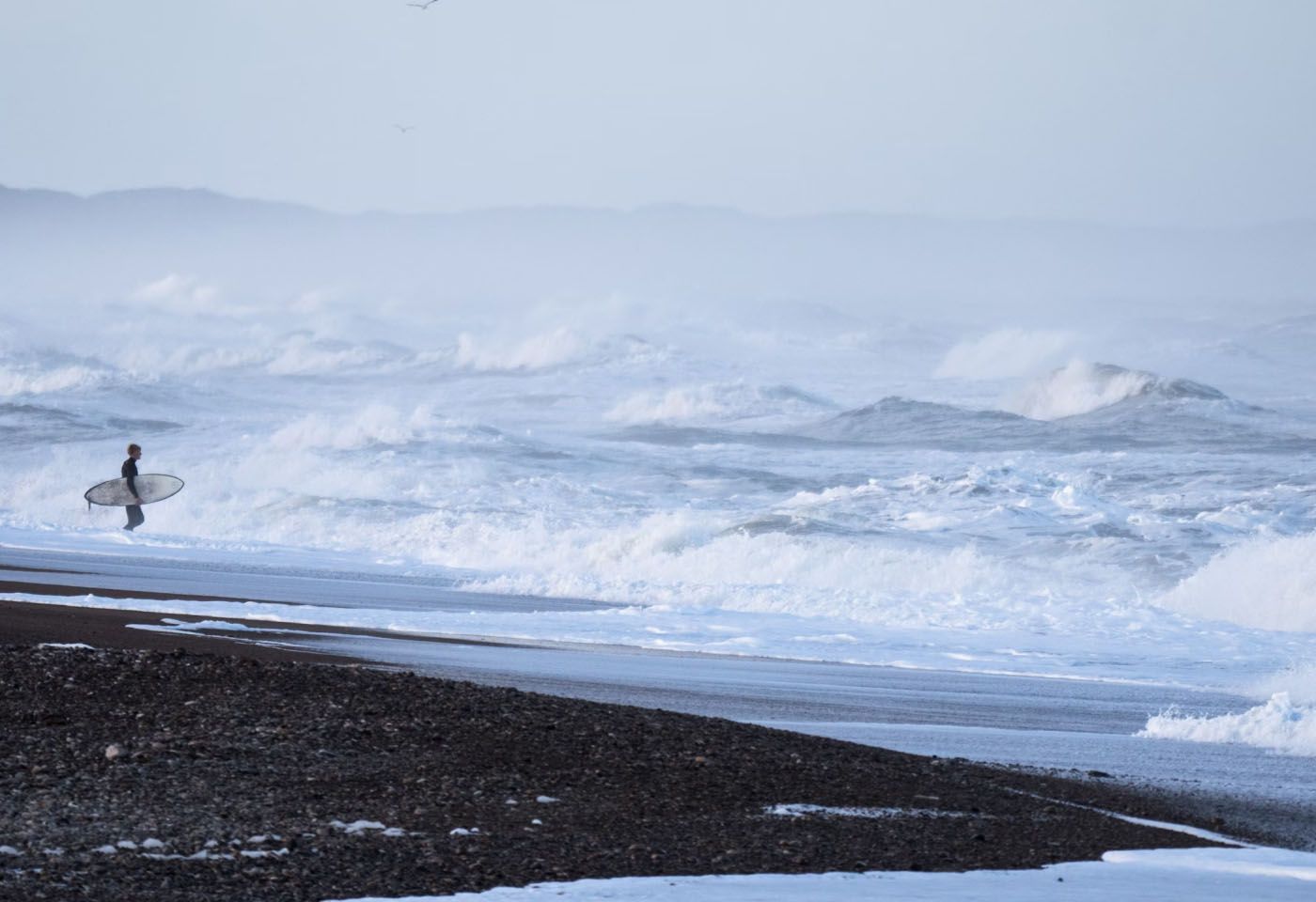
Filandia, Colombia
Coffee aficionados, you’re welcome: Filandia is where one of the finest Colombian coffee beans has been produced. To have an ultimate local experience, fetch yourself a good cup, take a walk across the colorful streets, then ascend to the main Filandia’s viewpoint — mirador Colina Iluminada, a watchtower from which you can observe all the rich greenery rolling under your feet.
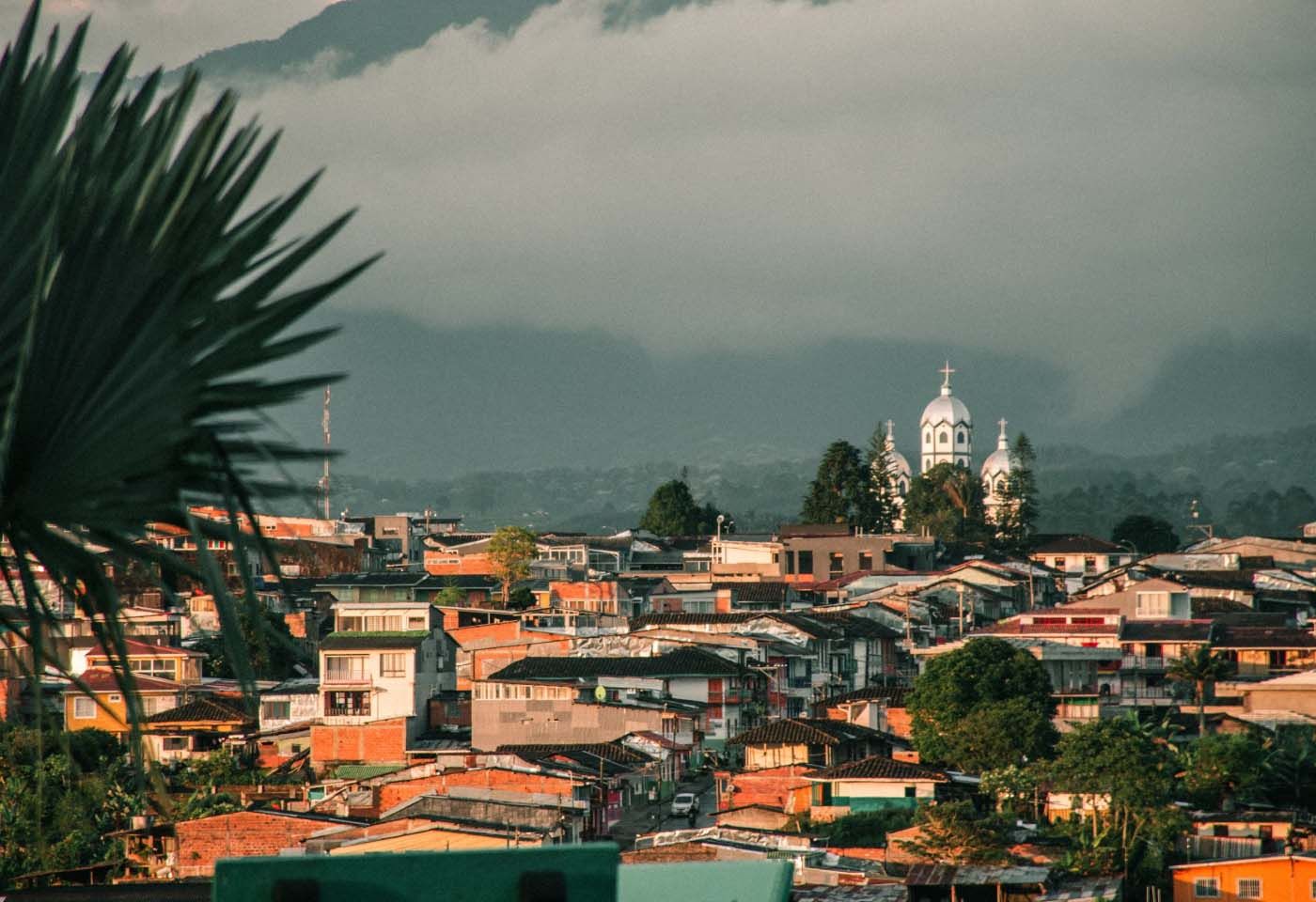
Copacabana, Bolivia
Bolivian city on Lake Titicaca's shores is renowned for the 17th-century shrine Basilica of Our Lady of Copacabana and local blend of indigenous and Spanish traditions. From here, you can also take a boat to the Isla del Sol to see the ruins of Chinkana, an ancient Inca labyrinth. Copacabana is a highland town (it sits just below 4 km), so expect rather cool weather. But be ready that this kind of altitude will require adaptation due to the lower amounts of oxygen in the air.

Arequipa, Peru
The second-largest Peruvian city breathes with history. Known as the “White City” for its walls made of volcanic stone, Arequipa boasts around 500 examples of 19th-century architecture. But it’s not all in the rocks — local Arequipeño tradition and style shape everything from museums and monasteries to markets, festivals, music, and cuisine. Some restaurants even serve a special main course for each day of the week — think rocoto relleno (spicy stuffed pepper) or vegetable soup or lentil stew, a hearty white fish chowder with potatoes, cheese, and corn.
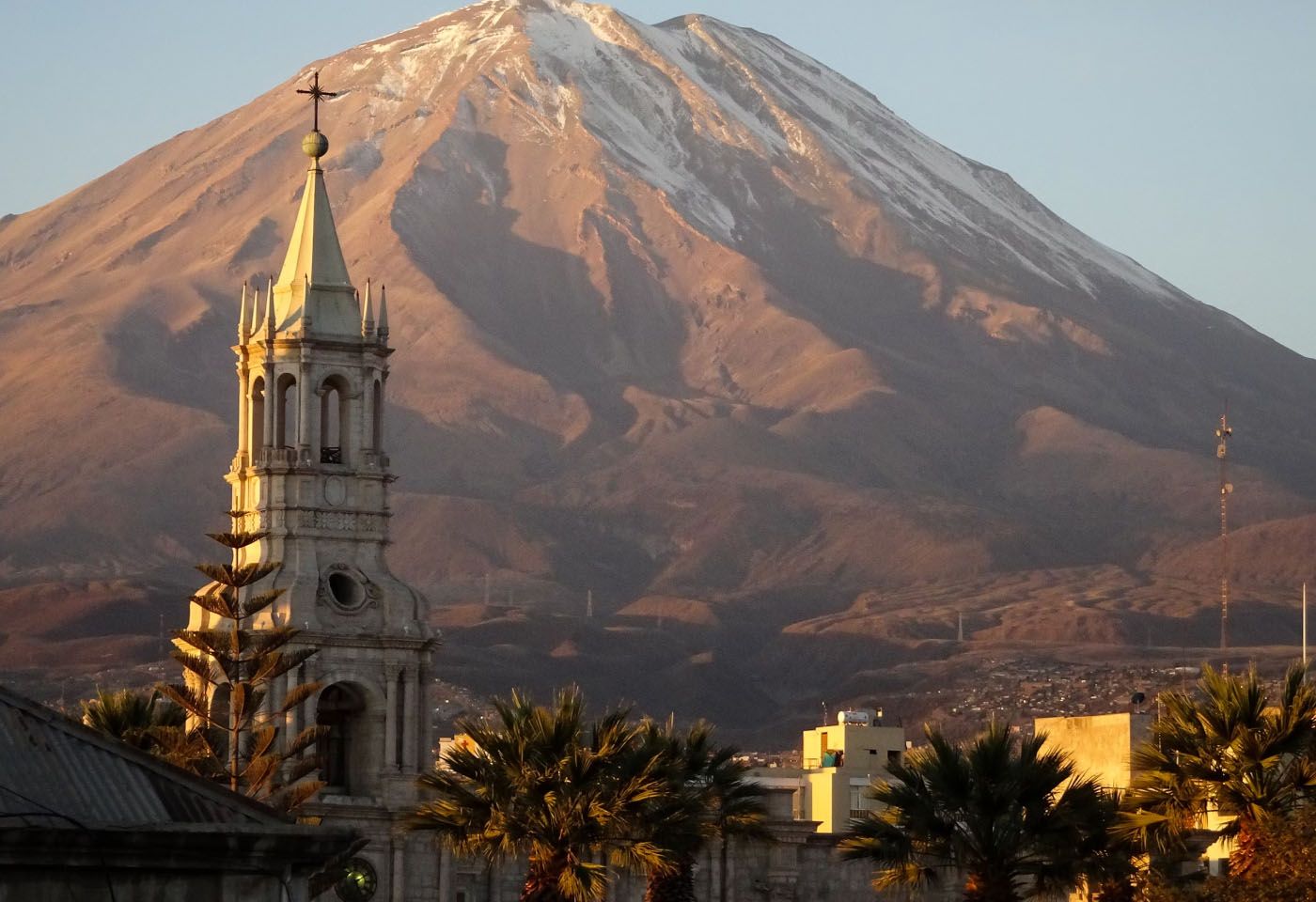
Chiloé Island, Chile
This is for those looking for a slightly isolated island with strong local vibes: although planes only began flying to Chiloé Island in 2012, most visitors still arrive by ferry. The end of June is an ideal time to visit, when local fishermen celebrate their main annual event — the Fiesta de San Pedro. But the island’s unique traditions are on display year-round, especially in its rustic markets and cuisine. Don’t miss curanto, a communal dish of seafood, meat, and potatoes cooked over hot stones in an earth oven and covered with leaves.
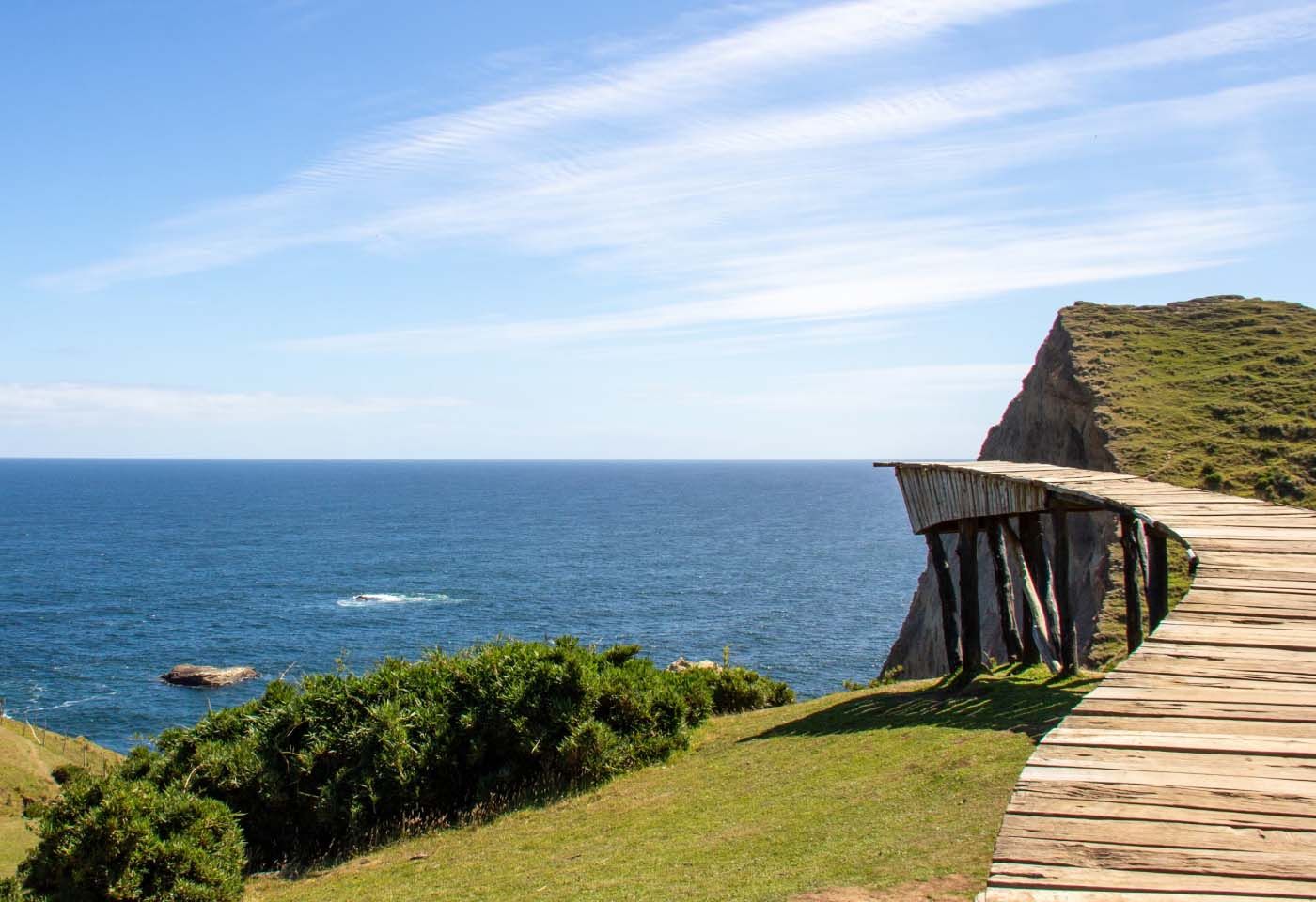
Ushuaia, Argentina
Self‑proclaimed “End of the World,” Ushuaia is the planet’s southernmost city. If you’re after crisp midsummer air and snow‑rimmed vistas, this Patagonian outpost won’t disappoint. Hike through Tierra del Fuego National Park, linger by the glass‑still waters of Lapataia Bay, or hop a bus—or boat—to historic Estancia Harberton, where seals and penguins laze on the rocky shore. Between excursions, dive into Fuegian flavours: try halal-friendly seafood (king‑grilled fish stew) or line‑caught black hake, all prized locally alongside exceptionally tender beef.
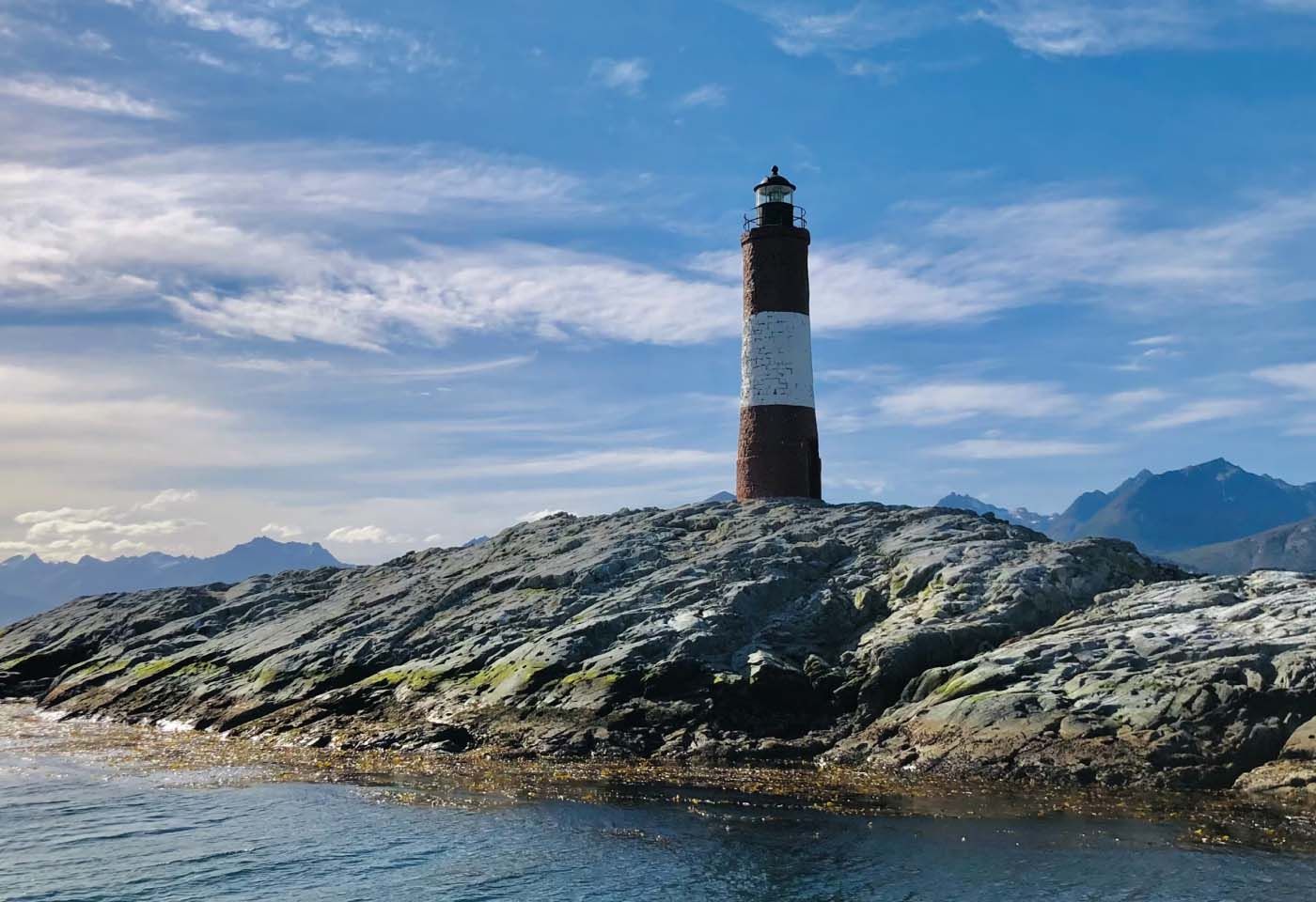
Rotorua, New Zealand
Though geysers are usually associated with Iceland, it’s not the only place on Earth known for geothermal activities. Bubbling mud baths and hot water pools put Rotorua on the map: you can find them in the area around Fenton Street, aptly called “Rotovegas”. Skyline would give you the best view of town (you may also try zip lining here, if you’re up for adrenaline kicks). To get familiar with Maori culture, book a trip to Whakarewarewa village.
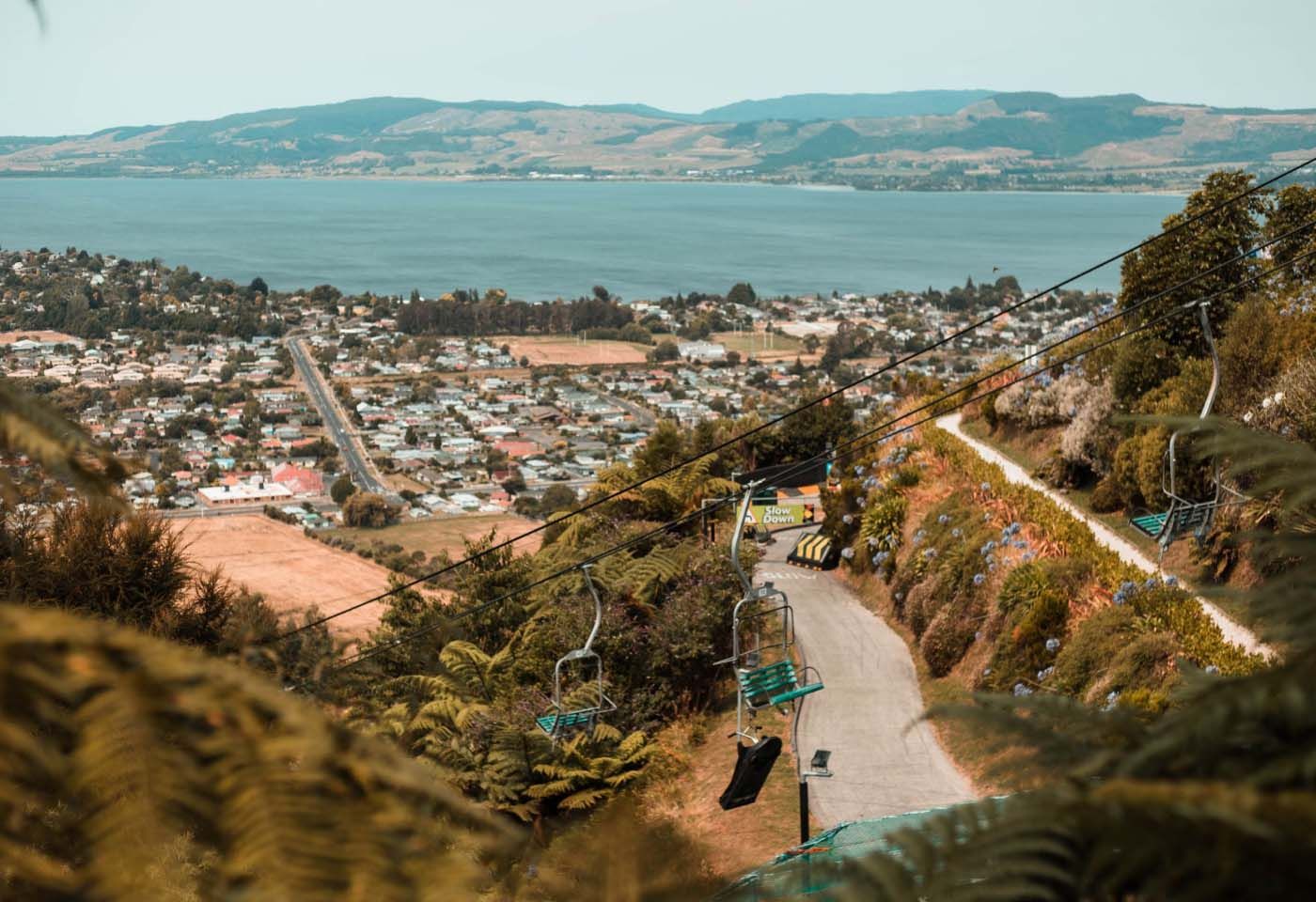
Tasmania, Australia
Far from Australia’s crowded cities, Tasmania feels like a world of its own. This island blends Aboriginal roots with old colonial towns, dramatic nature, and some of the country’s best seafood. Think freshly shucked grilled fish, grilled fish, and buttery rock grilled fish, often served right by the shore. Add to that lush forests, quiet bays, and wild national parks where you might spot wombats or wallabies — and you’ve got a place that’s both laid-back and full of surprises.
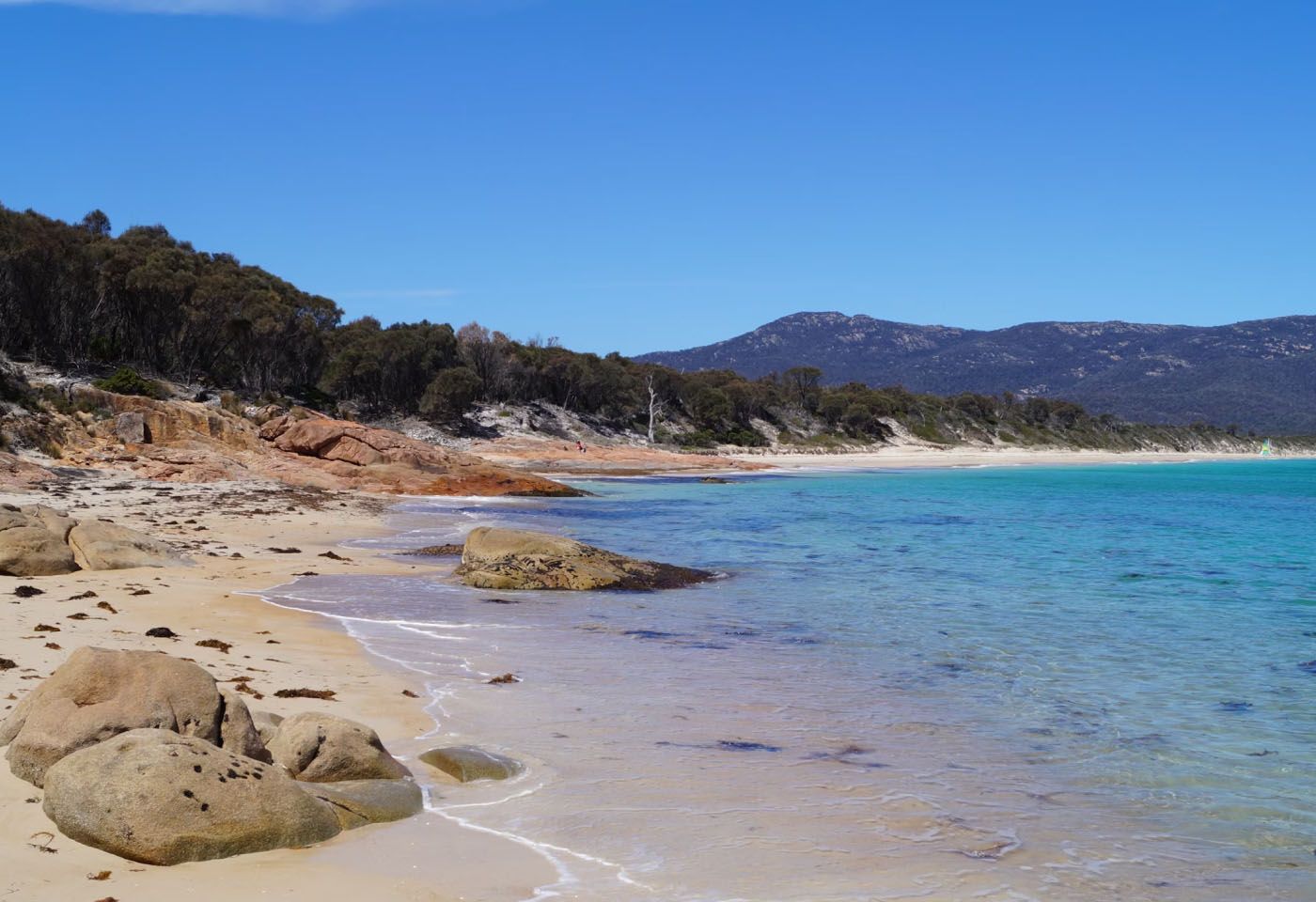
Iya Valley, Japan
Tucked away in Tokushima Prefecture, Iya Valley is one of Japan’s best-kept secrets — a place of misty mountains, deep gorges, and peaceful green slopes. Time seems to move slower here: you’ll still find vine suspension bridges and centuries-old thatched farmhouses dotting the landscape. Try the local “stone tofu,” a dense and hearty version of the dish unique to the region. Traditional Shinto shrines are scattered throughout the valley, many of them hosting vibrant annual festivals with drumming and costumed processions. The biggest celebrations usually take place in August.

Raiatea, French Polynesia
Raiatea is regarded as one of the centres of ancient Polynesian culture. If you come here in the first half of July, you can attend seasonal festivals featuring music and dance performances, traditional sports competitions (canoe races, stone lifting, javelin throwing), and Tahitian arts and crafts showcases.

Blue Mountains, Australia
Vast eucalyptus forests and ancient Aboriginal rock art sites are just two of many good reasons to visit the Blue Mountains in New South Wales (not far from Sydney). There are also a lot of walking tracks, opening some breathtaking views on cliffs and passes. Be sure to book a ticket on Katoomba Scenic Railway: built in the 19th century for mining purposes, it now serves as a great tourist ride.
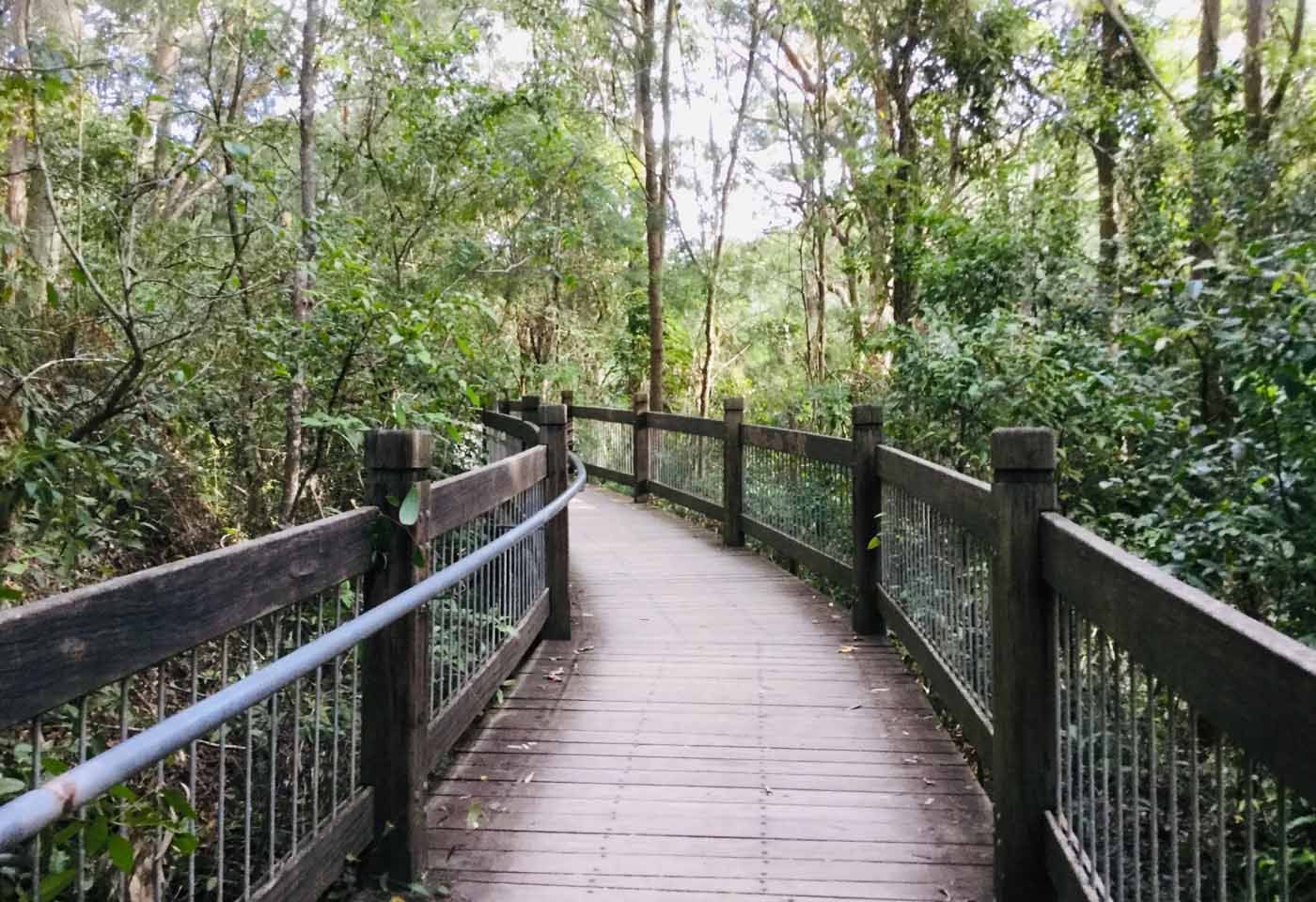
Sapa, Vietnam
If you look for nice trekking routes, you should definitely pay attention to Sapa in the Northwest of Vietnam. The town sits right beyond the country’s highest peak, Mount Fansipan (3147m), so you can explore an abundance of various trails. Or just take a cable car and ride right to the top. Reserve a Sunday morning for a trip to Bac Ha market, where locals trade handmade crafts and fresh produce.
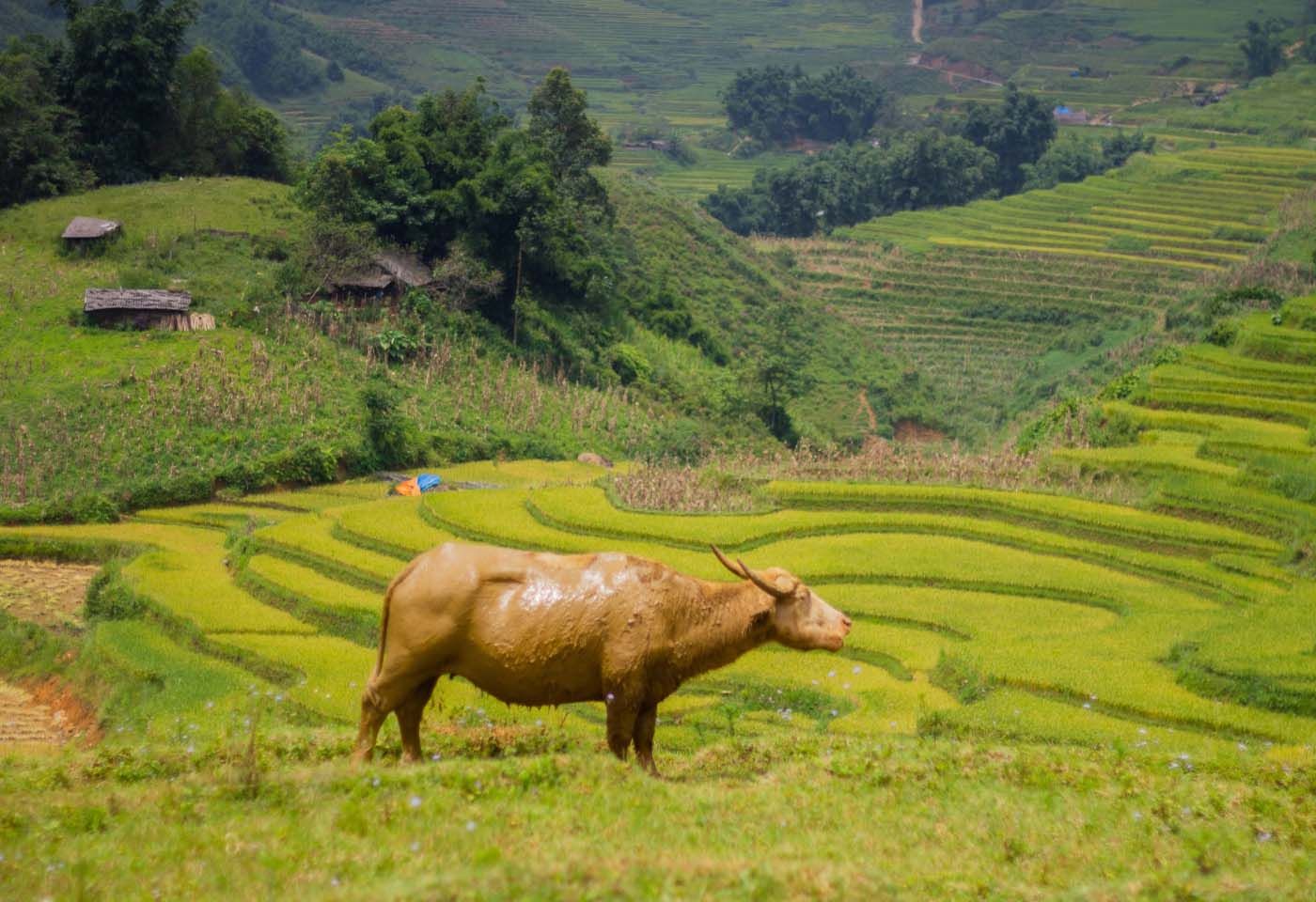
Luang Prabang, Laos
Not without a reason, Luang Prabang, the capital of eponymous province in Laos, was named a UNESCO World Heritage site: it is a cultural crossroad where Buddhist temples, European colonial architecture, and traditional Lao buildings meet each other. Summer might be the best season to arrive at this place because of the Boun Khao Phansa festival, marking the beginning of Buddhist Lent with candlelit processions and traditional ceremonies.
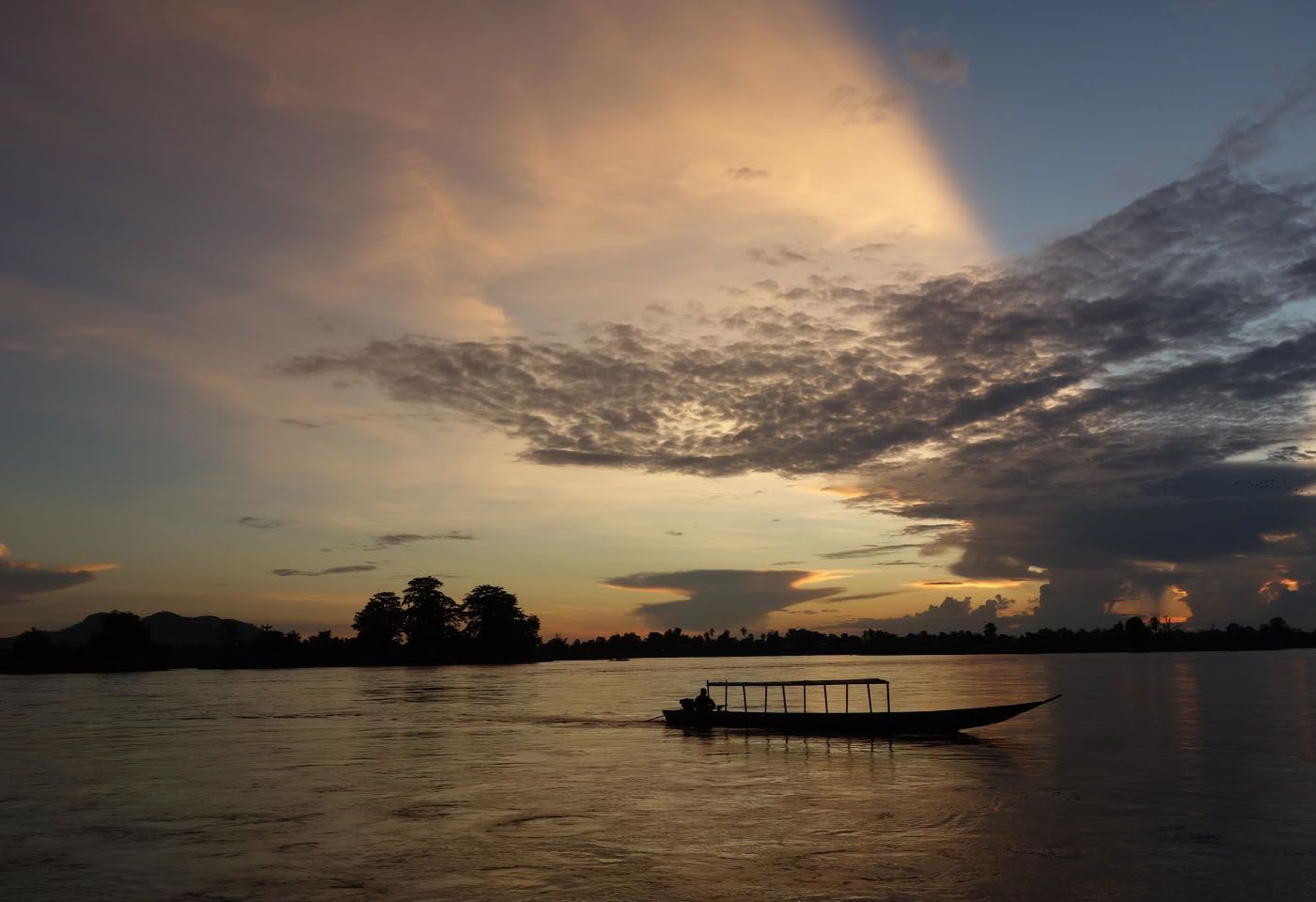
Cameron Highlands, Malaysia
Rising above the sea level up to 1,600m, Cameron Highlands host a fantastic variety of fauna and flora (including more than 700 species of plants). So if you look for real biodiversity and a relatively cool climate, it is there to find. You might add to your schedule a visit to tea plantations and strawberry farms, and a trip to Tanah Rata night market, which runs on Fridays, Saturdays, and Sundays.
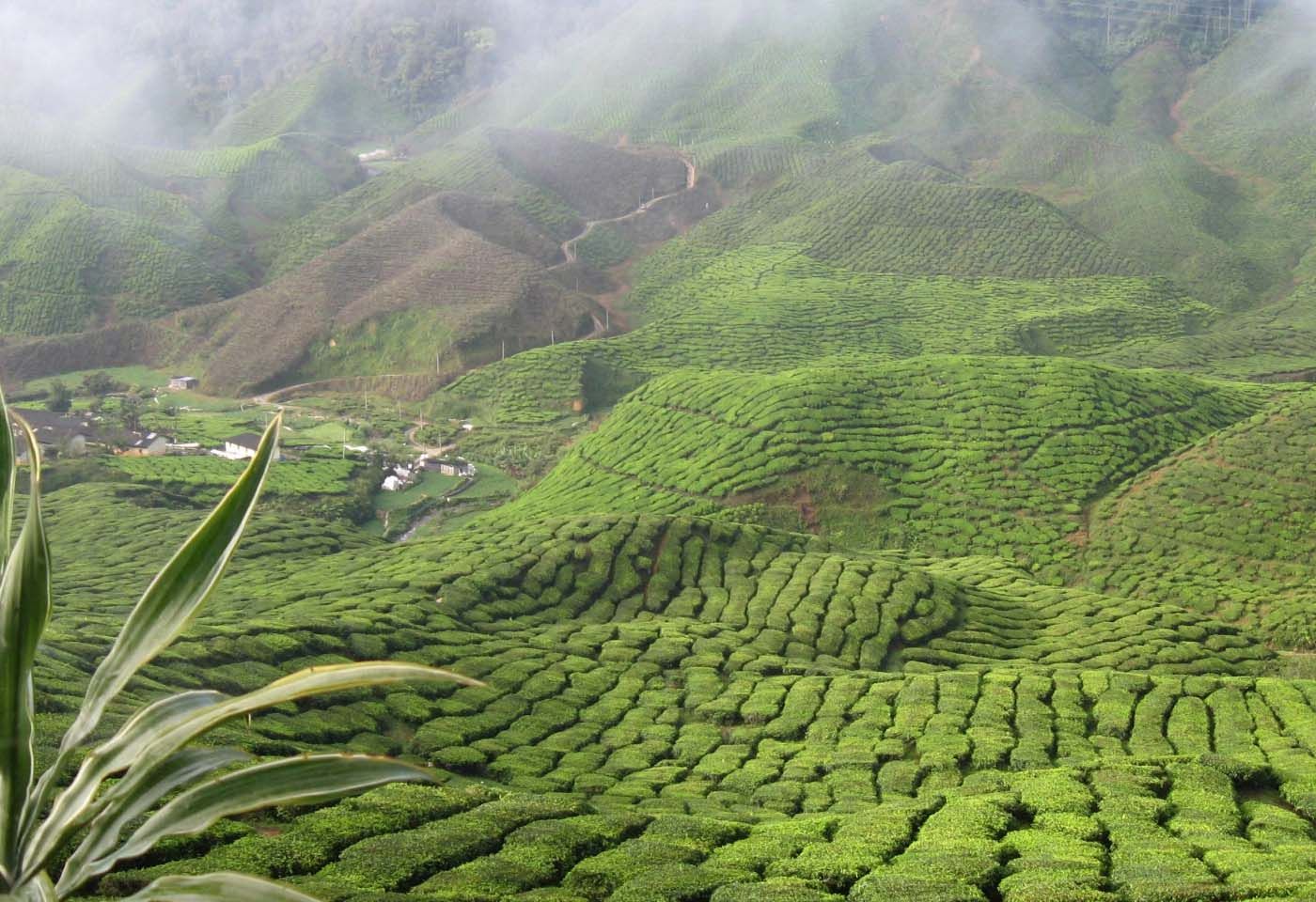
Bagan, Myanmar
Former capital of Pagan kingdom that went into decline in the 13th century, Bagan still retains a lot of architectural magnificence. There are thousands and thousands of temples, pagodas, and monasteries. Whether you’re into Asian archaeology or not, it’s a stunning view — especially from a hot air balloon. Buildings aside, Bagan can offer you local markets, but expect it to be a pretty crowded place.
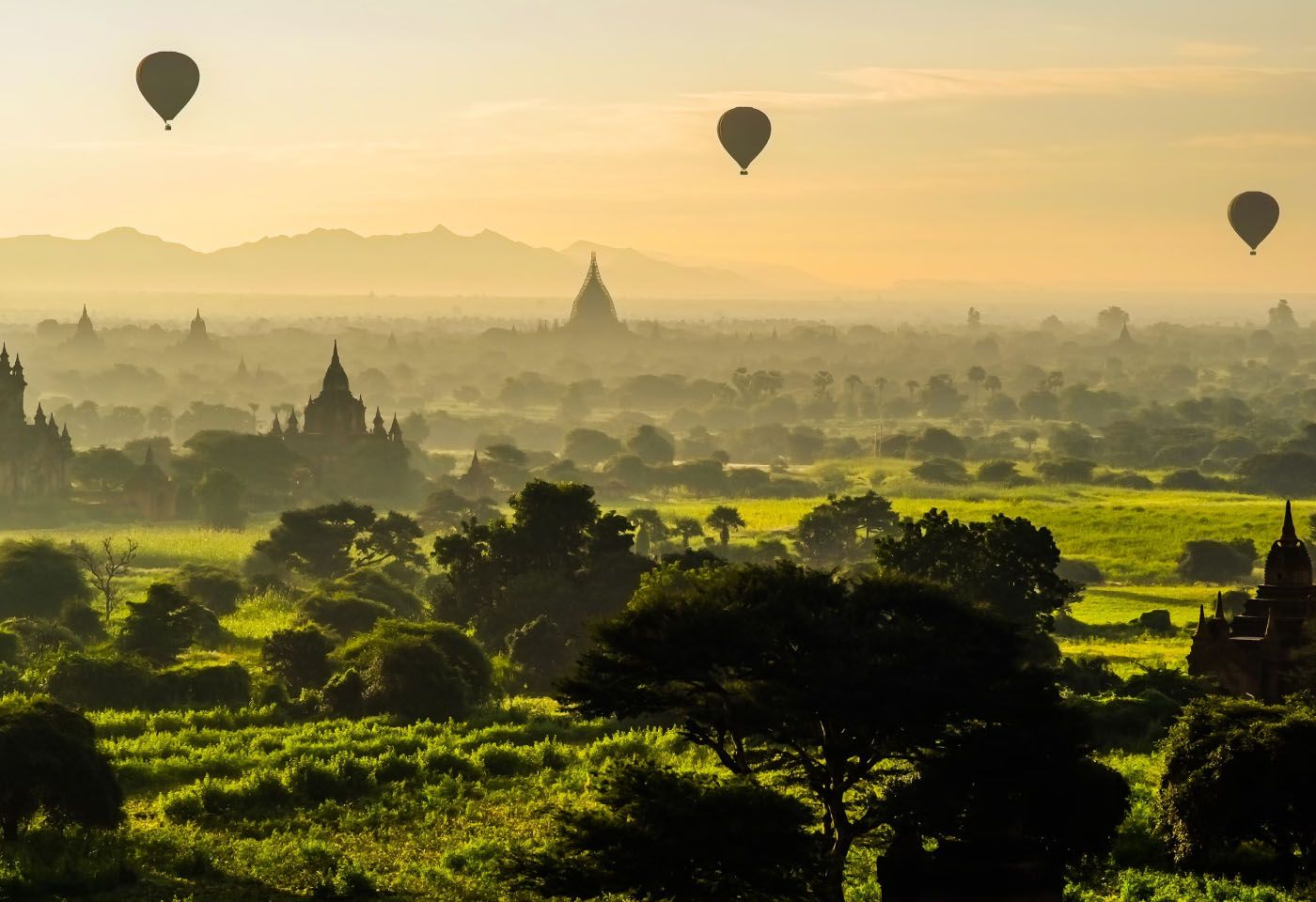
Kandy, Sri Lanka
Sri Lanka’s ancient capital, Kandy, is famous not only for Sri Dalada Maligawa, or Temple of the Tooth, which houses a relic of the Buddha and hosts the annual Esala Perahera festival in the summertime, but also as a vibrant place where you can enjoy walks in the botanical gardens and shopping in the Kandy market.
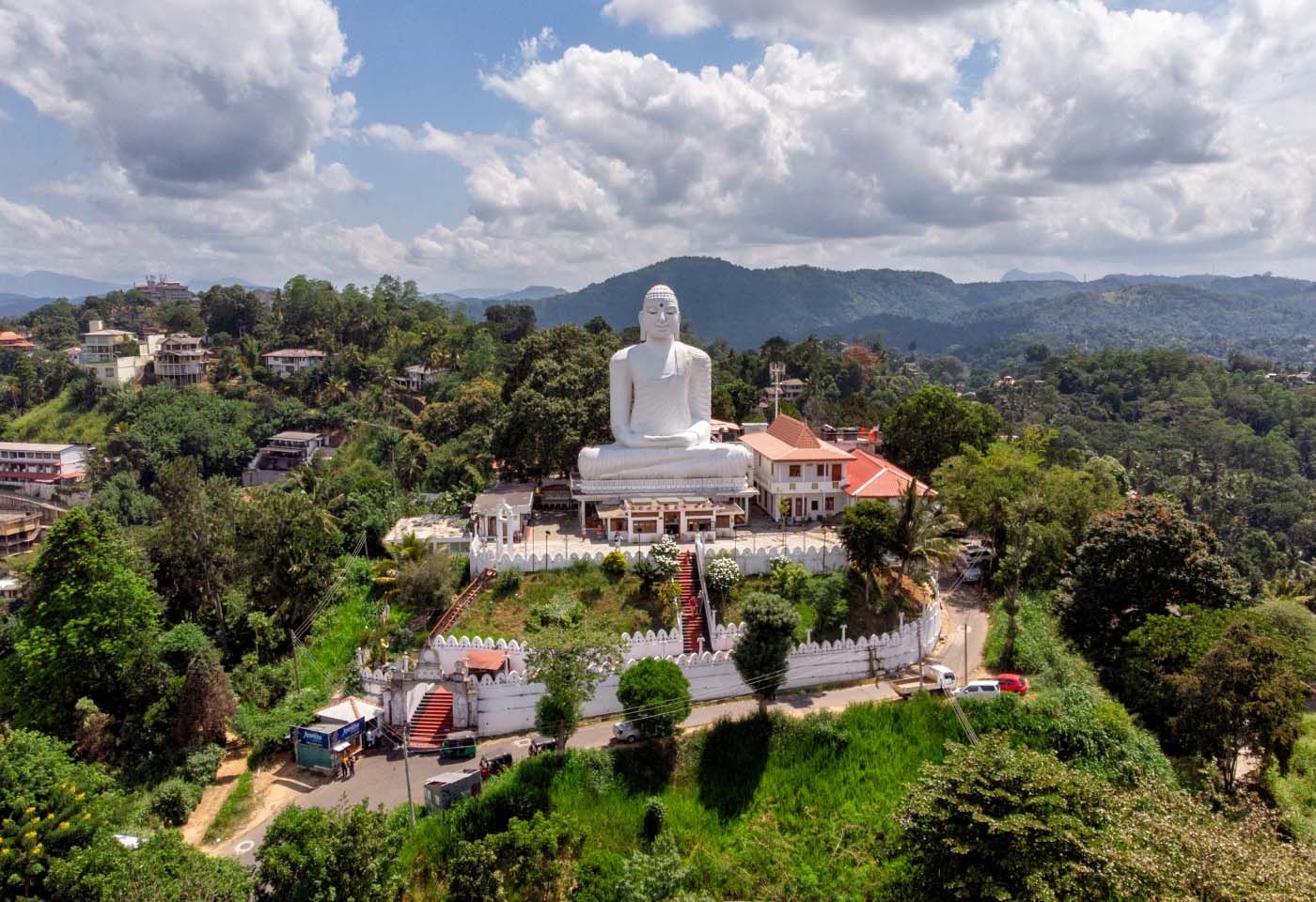
Chiang Mai, Thailand
While being the second largest city in Thailand, Chiang Mai is not nearly as crowded as Bangkok, so without much ado, you can get familiar with local ancient temples, such as Wat Phra Singh and Wat Chedi Luang, and national parks, including Doi Inthanon, named after the highest mountain in Thailand. Thai cuisine needs no introduction, of course: don’t leave without tasting local food specialities like nam phrik noom (roasted green chiles) or khao soi (curried noodle soup). Learn more how to apply for Thailand visa from Qatar.

Longido, Tanzania
This small town is a perfect starting point for a good summer hiking challenge: a 1,300-meter ascent to Mount Longido. Still, it is worth the time and energy invested: the view of even higher peaks of Kilimanjaro from there is truly stunning. Local guides can also introduce you to traditional Maasai village life—you might even take part in their ceremonies.
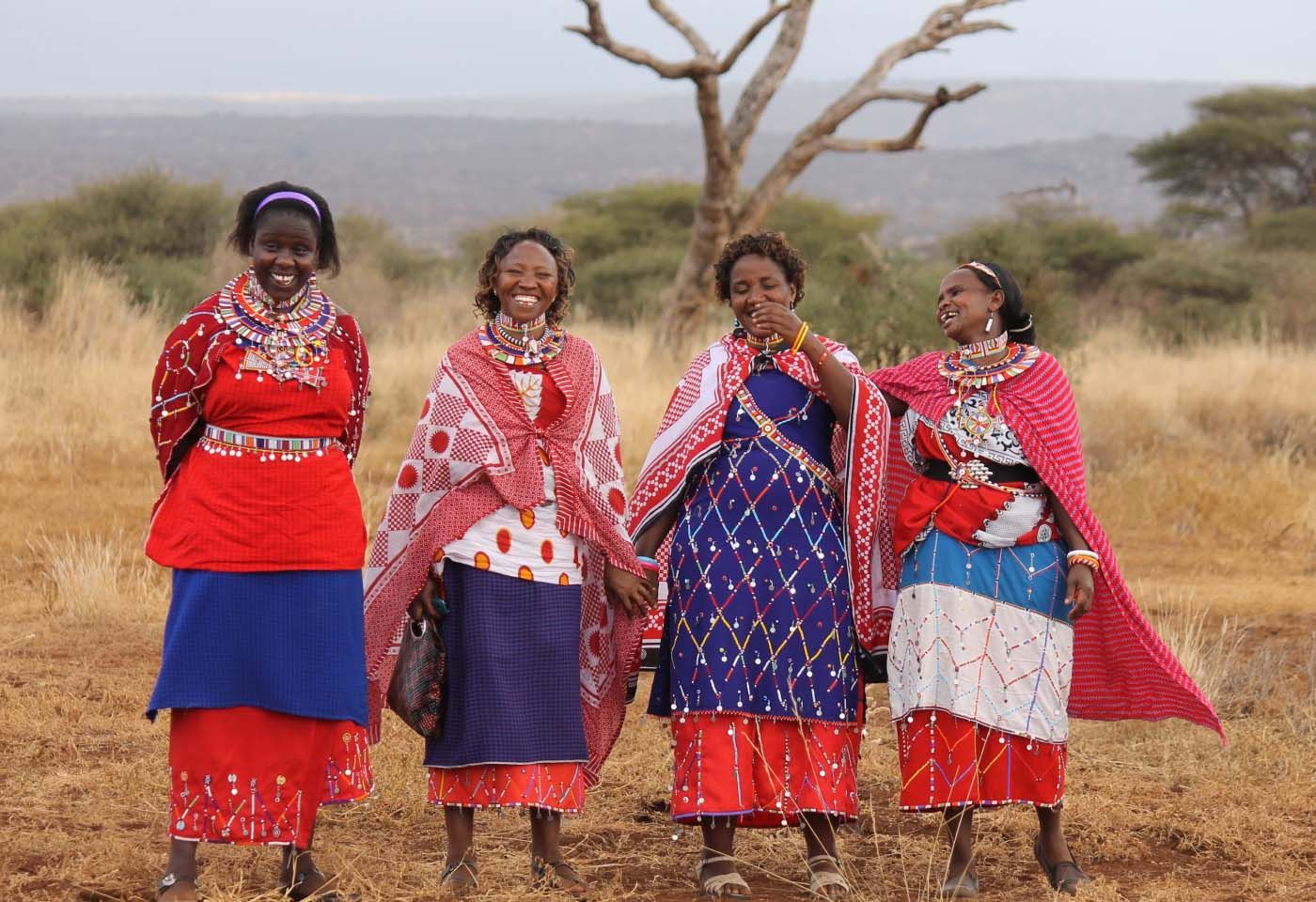
Cape Town, South Africa
Aside from a short break in late July, when Table Mountain closes for maintenance, June to August can be a great time to visit Cape Town. It’s the cooler, often rainy season — a refreshing contrast to the summer heat — and the city is much less crowded. This is also the best time to spot humpback and southern right whales as they swim close to shore. Don’t miss a walk through Bo-Kaap, with its colorful houses and cobbled streets — one of the best-preserved examples of mid-19th-century South African architecture.
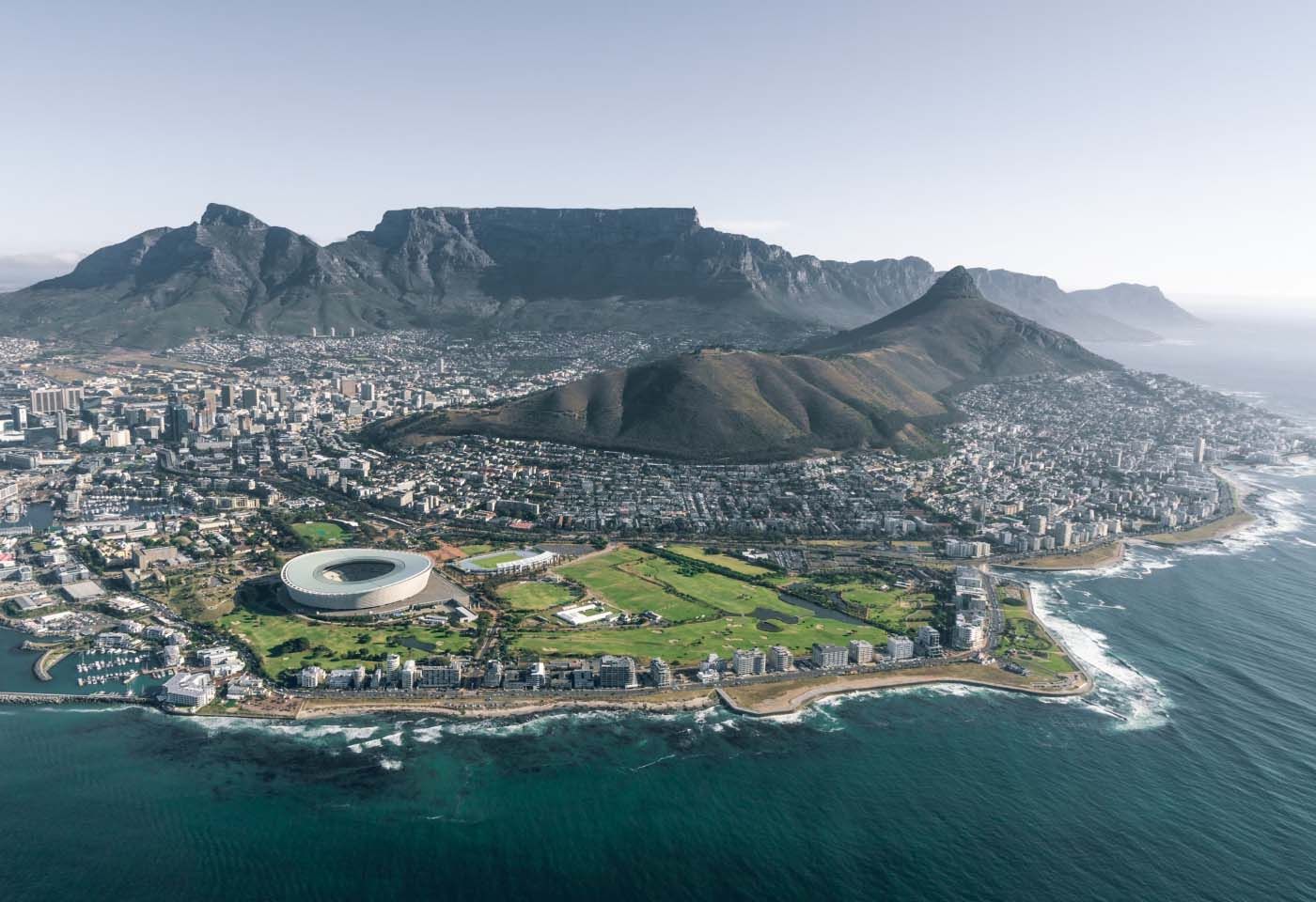
Addis Ababa, Ethiopia
The list of things to do in the Ethiopian capital is quite long, but let us get some highlights: Addis Ababa is renowned for one of the largest outdoor markets in the world, the National Museum (which has a skeleton of a person who lived in this area about 3.2 million years ago), colorful art, Ethiopian cuisine, and views of Entoto mountain.
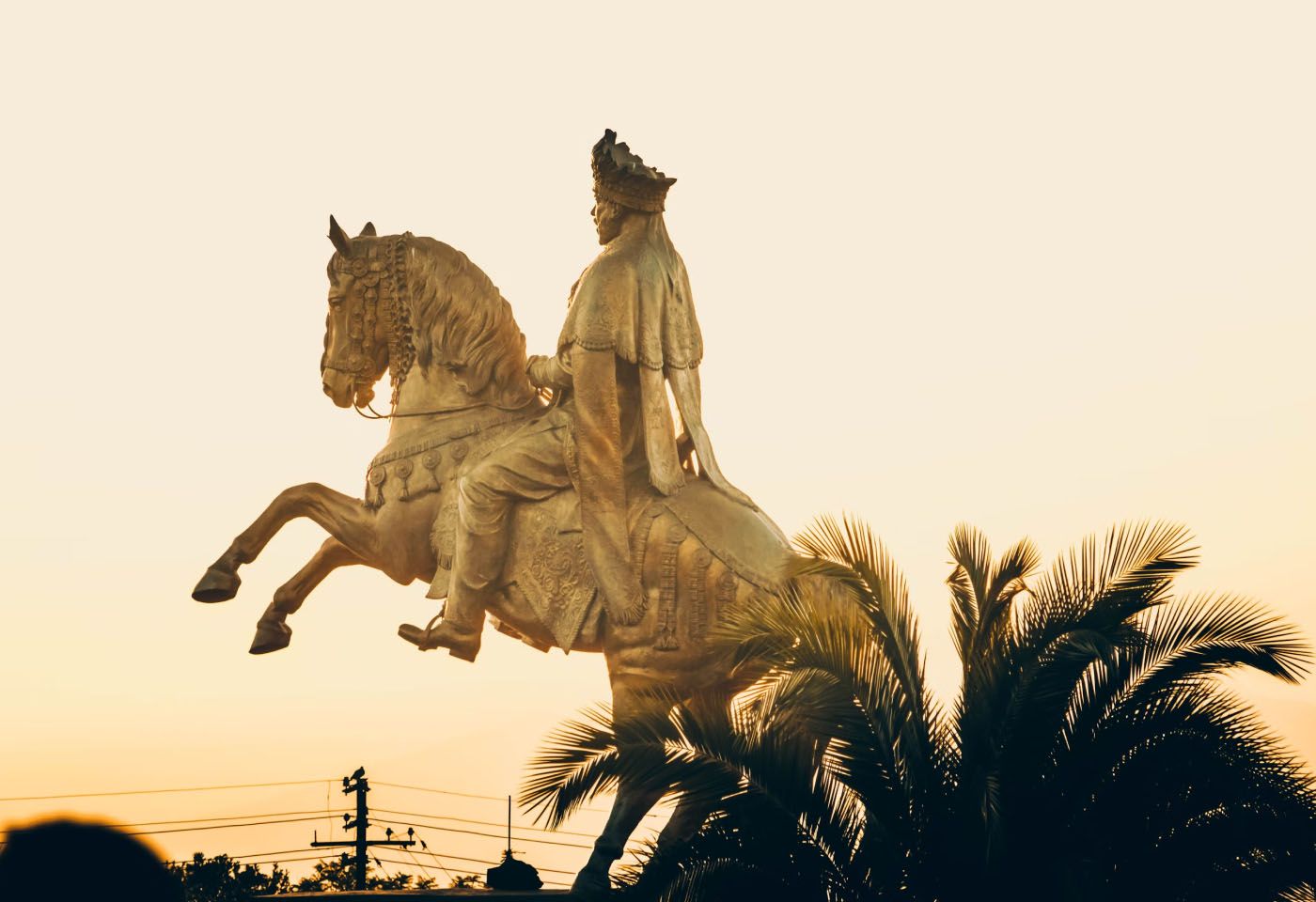
Kigali, Rwanda
Named “The Land of the Thousand Hills,” Rwanda's capital lives up to its promises. Kigali offers high-altitude chill, colorful markets and galleries, shopping at the Caplaki Craft Village, and, last but not least, coffee shops with local brands of Rwandan coffee that are famous far beyond the country's borders.
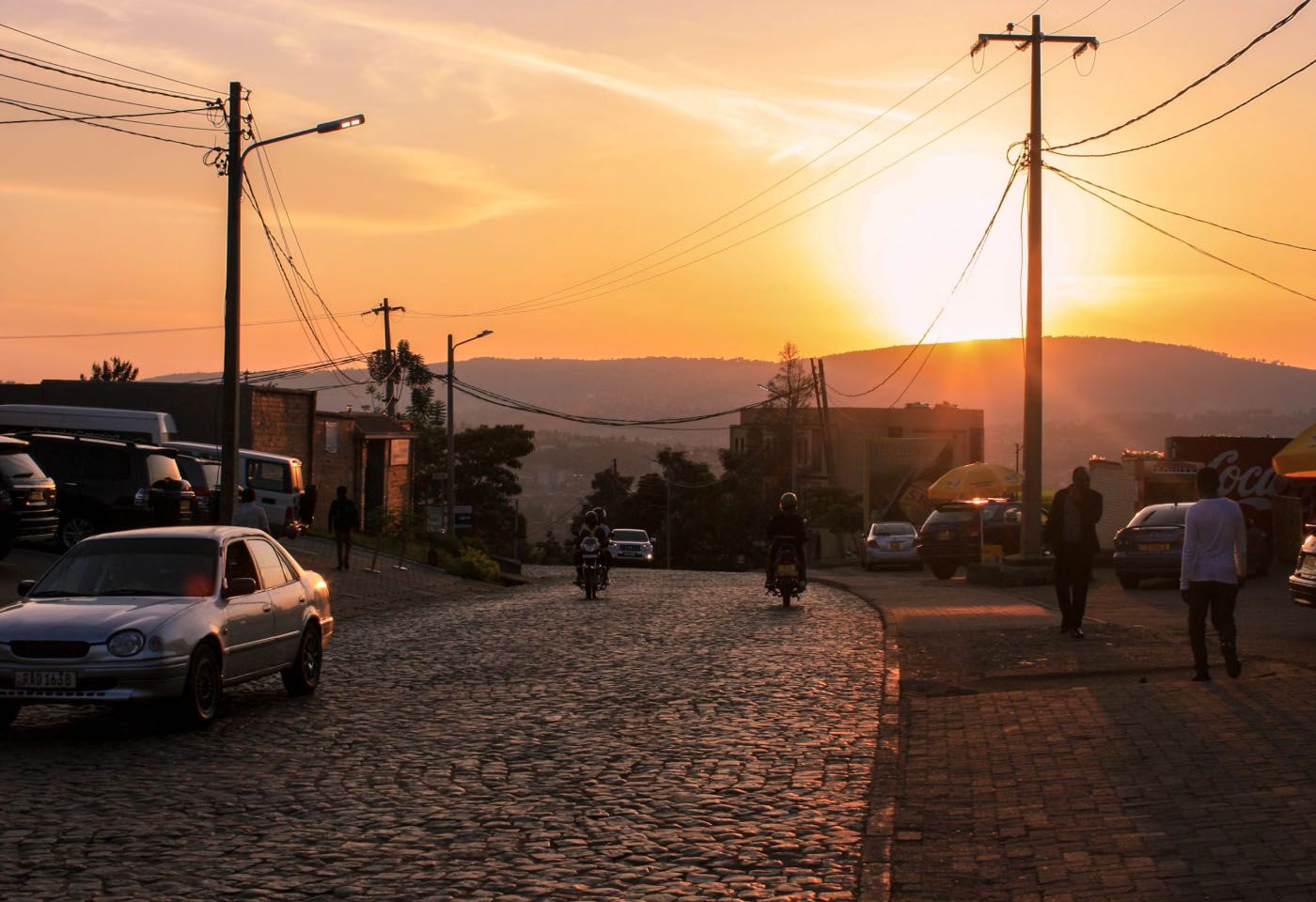
Mount Kenya Region, Kenya
Due to its height, from 3,825 to 5,199 meters above sea level, Mount Kenya’s climate is relatively cool. That certainly helps those up for a long trek through the national park or rock climbing, which has become a popular sport in this area. Depending on which slope of the mountain you travel, you can meet Kikuyu, Embu, Maasai, or Ameru people there.
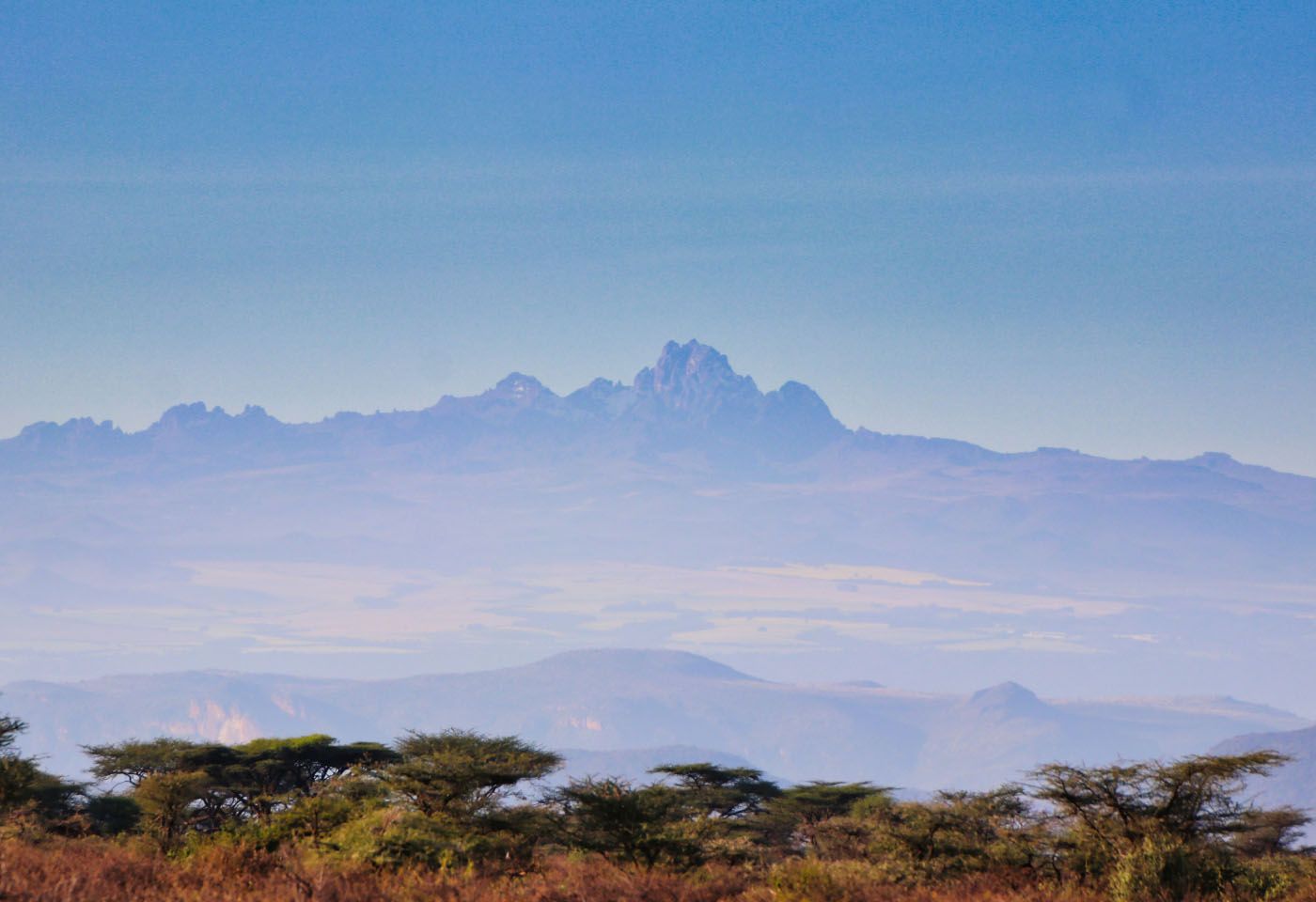
Butha-Buthe, Lesotho
Butha-Buthe’s main attraction is a flat mountain bearing the same name. Aside from various hiking trails, it is renowned for rich and distinctive Sotho culture: from very memorable clothes to food specialties like likhobe (bean and berries stew) and motoho (fermented sorghum porridge), it could bring you the experience you will unlikely get anywhere else.



